First just on your right side between the road and the sea and then progressively, it goes beyond the road to hundreds of meters inland.
In some areas the road and train line, both running parallel to the coast are partially destroyed. The train remains silently empty in the exact spot where it was abruptly slapped over by the force of the tsunami.
The intensity of destruction also progresses gradually as we go further south. It starts from houses partially damaged but standing, then houses that only have walls that are perpendicular to the sea, then only concrete columns and finally the impressive sad plain of rubble.
I was told that the 3 most affected areas (click here to access map) were:
1st - Ampara (from Arugam Bay to Batticaloa, with hundreds of meters of destruction from the sea line towards inland);
2nd - Hambantota (a city in complete rubble) and
3rd - Galle (where most of theses photos were shot).
People tend to stay nearby their houses, and set up their new improvised homes besides the rubble where their homes once stood.
In some areas the devastation is total forcing people to live in tent cities, with poor conditions and extremely temperatures and humidity levels.
The cleaning and reconstruction is very slow. Sri Lanka lacks the means, being most of the work done by hand by the survivors themselves.
Little construction machinery is available and those are occupied in the repair of the train line and road.
It is very sad to see miles and miles of rubble and so many people dressed with the same uniform (most of them the only thing they have now), working with little more than their hands through the rubble of their owns lives.
It is even more sad at night, when the sun goes down, when they walk back to the camps, to a an empty tent, a place that now they have to call home.
The following photos were taken in the south-west coast of Sri Lanka, between Ambalangoda, Hikkadwa and Galle, on mid February 2005, 40 days after the srike of the tsunami of last 26 Dec:
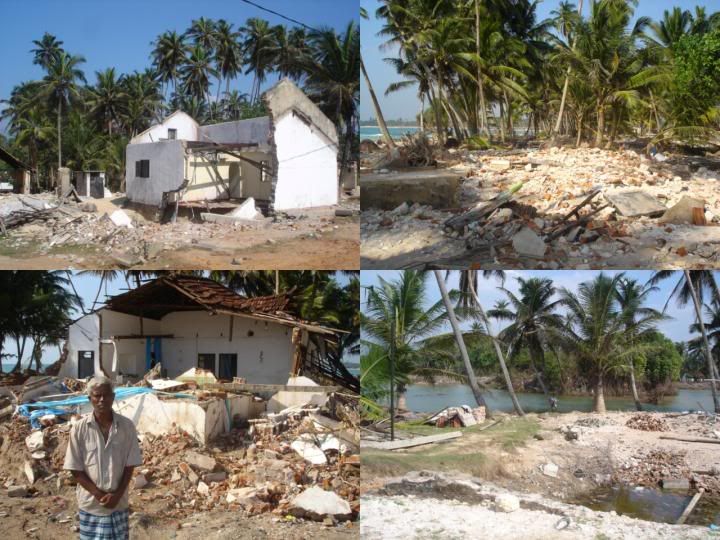

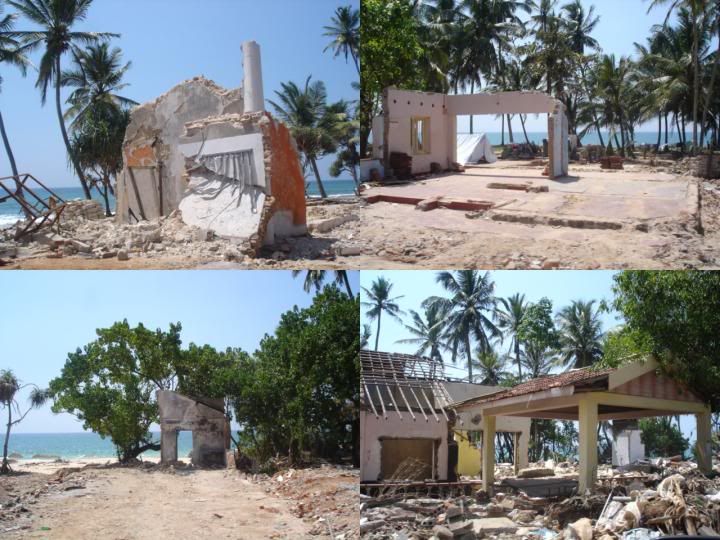
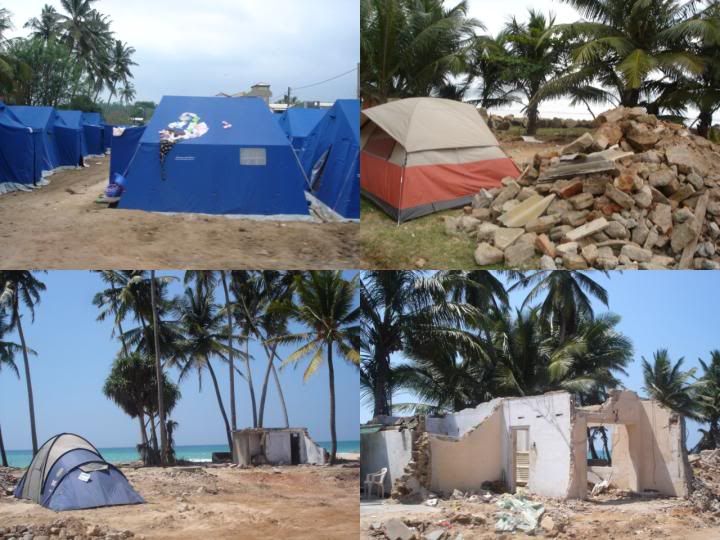
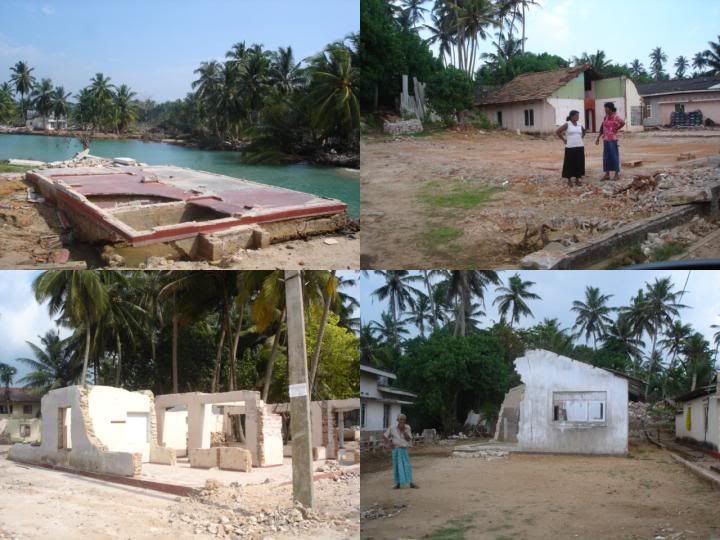


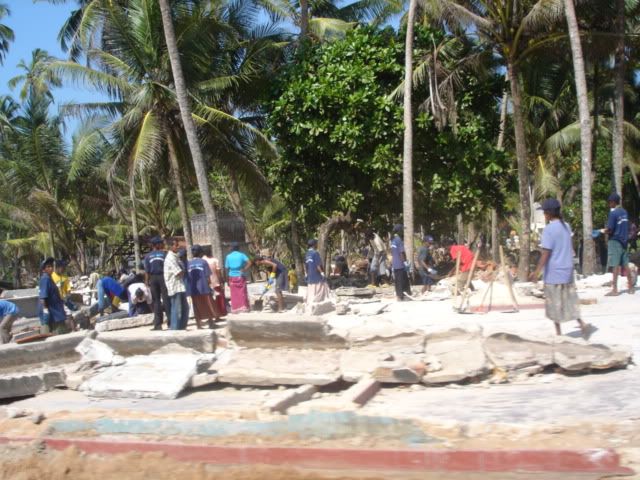
No comments:
Post a Comment